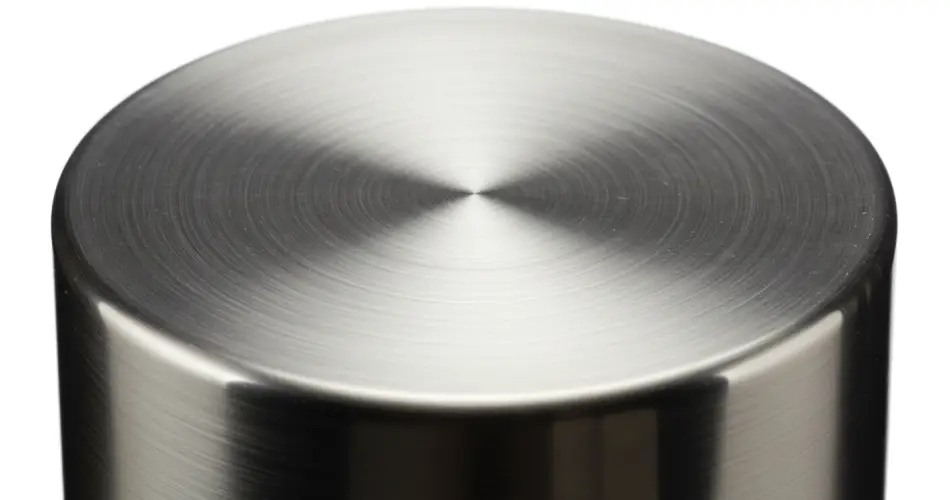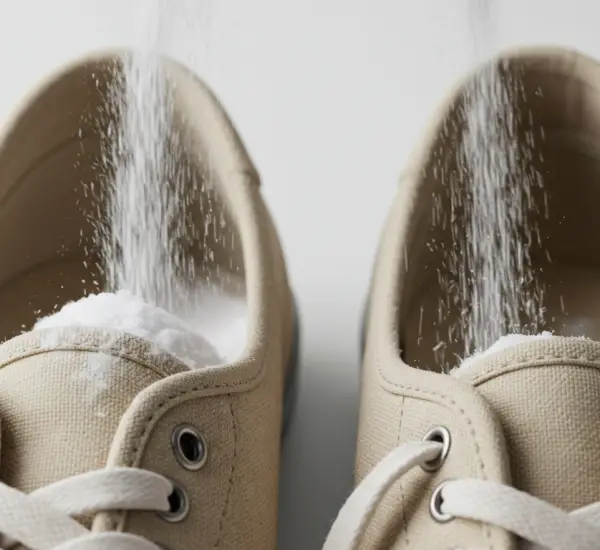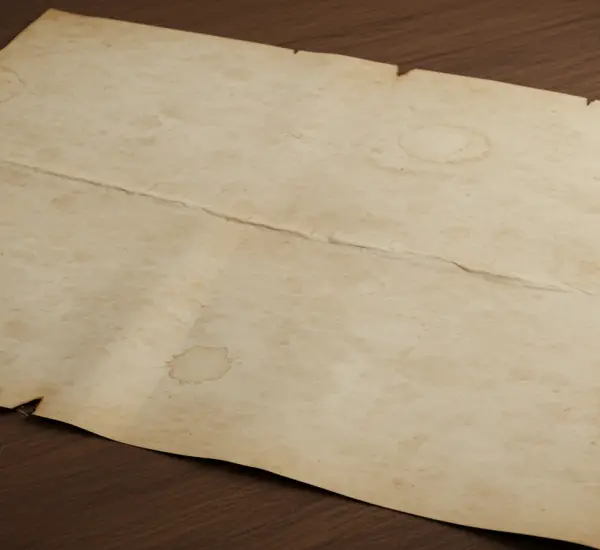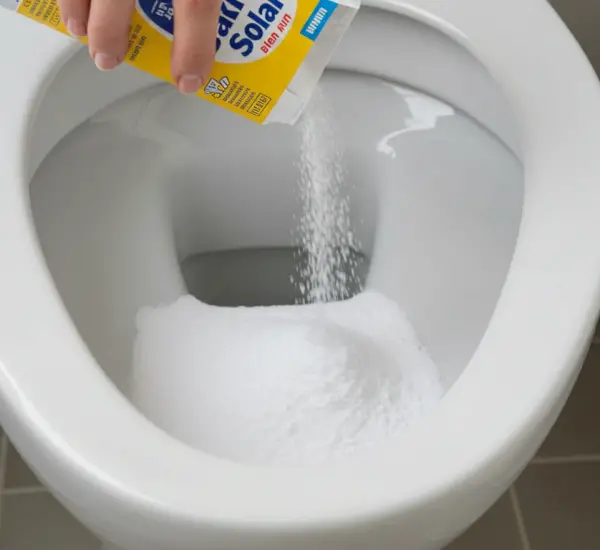Every household faces the same challenge sooner or later: pots and pans that start to look old, burnt, or stained at the bottom. While new cookware is easy to clean and maintain, time and repeated use often take their toll, leaving dark marks and stubborn residue that no ordinary wash seems able to remove.
This problem is particularly frustrating because stained or blackened cookware looks dirty, even when it has been washed thoroughly. No matter how careful you are in the kitchen, the constant exposure to heat, oils, and stovetop flames will eventually leave its mark. Many people immediately turn to aggressive commercial cleaning products, but these can be abrasive, damaging, or even unsafe for health when used too often.
Fortunately, there are safe, inexpensive, and eco-friendly ways to restore the shine of your cookware without damaging it. The secret lies in using natural ingredients—most of which you probably already have in your kitchen. With just a little patience, your pots and pans can look as good as new.
Why Pots and Pans Become Stained Over Time
The bottom of pots and pans is particularly vulnerable because it is exposed directly to flames, high heat, and accidental spills that burn and stick. Inexpensive or low-quality coatings deteriorate faster, making stains more visible and harder to remove.
Unfortunately, vigorous scrubbing with harsh tools or chemicals often does more harm than good. Many external coatings are delicate, and if you rub too hard, you risk scratching or peeling them, which shortens the life of your cookware. Instead of replacing your pots and pans every few years, the smarter option is to clean them properly with safe, natural products that can dissolve grime and restore brightness without causing damage.
The Miracle Solution: Baking Soda and Vinegar
One of the most effective home remedies for cleaning burnt cookware involves two classic household staples: baking soda and white vinegar. When combined, they create a powerful reaction that loosens dirt, grease, and burnt residue.
How to Prepare and Use the Solution
-
In a small glass, mix baking soda and white vinegar together. Add a little water to dilute the mixture.
-
Apply the solution directly to the bottom of the pot or pan.
-
Using a rough sponge, gently scrub the surface. The abrasive texture of the sponge helps lift away dirt without scratching the metal.
-
If needed, use an old toothbrush to reach small corners or intricate details that a sponge cannot reach.
-
Once finished, rinse the cookware thoroughly with hot water. The heat not only rinses away the mixture but also disinfects and loosens any remaining residue.
After just a few minutes, you should notice that the bottom of your pot or pan looks cleaner, shinier, and almost like new.
Alternative Method: Direct Application of Vinegar and Baking Soda
If you prefer an even stronger approach, you can skip mixing the ingredients beforehand and apply them directly to the cookware.
How It Works
-
First, wet the outer surface or bottom of the pot with white vinegar.
-
Sprinkle a generous amount of baking soda directly on top.
-
Allow the mixture to sit undisturbed for at least 10 minutes. During this time, the vinegar and baking soda react together, forming a fizzing foam that breaks down tough stains.
-
After the waiting period, take a sponge—using the abrasive side—and scrub away the loosened residue.
-
Rinse thoroughly with water and wash again with a mild dish detergent to remove any remaining traces.
This method is especially effective for pots and pans with heavy staining or burnt layers that have built up over time. It works not only on cookware but also on other kitchen surfaces such as sinks, stovetops, or counters that have accumulated grease or stains.
Why Natural Solutions Work Better
Many households rely heavily on dishwashers, which indeed reduce the workload and sanitize cookware efficiently. However, even the best dishwasher cannot achieve the same deep-cleaning effect that natural scrubbing with baking soda and vinegar provides. Stubborn, burnt stains remain unaffected by automated washing cycles and require manual intervention.
Natural remedies also have the added benefit of being safe and environmentally friendly. Unlike many industrial cleaning products, vinegar and baking soda contain no harmful chemicals, release no toxic fumes, and are completely safe for use in the kitchen. They are gentle enough to use regularly without risking long-term damage to your cookware or your health.
Additional Tips for Maintaining Cookware
-
Act quickly: Clean pots and pans soon after cooking to prevent stains from setting. Burnt residue becomes much harder to remove once it cools and hardens.
-
Avoid harsh metal scrubbers: While they may seem effective, they can scratch protective coatings and accelerate wear and tear.
-
Use hot water for rinsing: Heat helps soften grease and grime, making it easier to wash away.
-
Regular maintenance: Even if your pots don’t look stained, using the vinegar and baking soda method occasionally can prevent buildup and keep cookware in pristine condition.
Final Thoughts
The sight of stained or blackened cookware can be disheartening, especially when you take pride in maintaining a clean and welcoming kitchen. However, before throwing out your pots and pans or investing in expensive cleaning products, try the natural remedies that generations of home cooks have relied on.
With just baking soda, vinegar, and a little elbow grease, you can restore the shine of your cookware in minutes. Not only are these methods affordable and simple, but they are also safe for your health and for the environment.
The next time you notice your pots and pans losing their shine, don’t despair. Arm yourself with these natural cleaning tricks, and you’ll see how quickly they return to looking as good as new—without the need for toxic chemicals or costly replacements.



